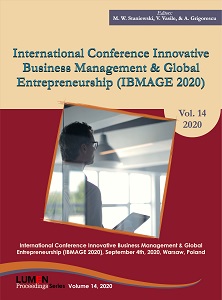Historytelling: Designing Validated Heritage Narratives for Non-captive Audiences. Evidence from EU Funded Projects in the Programming Period 2014-2020
Historytelling: Designing Validated Heritage Narratives for Non-captive Audiences. Evidence from EU Funded Projects in the Programming Period 2014-2020
Author(s): Dorothea Papathanasiou-Zuhrt
Subject(s): Cultural Anthropology / Ethnology
Published by: Editura Lumen, Asociatia Lumen
Keywords: cultural heritage;AV narrative (AV);human cognitive architecture;hermeneutics;cultural experience;
Summary/Abstract: Much too often a temporospatial gap arises between monuments and non-captive audiences at places of cultural significance. It emerges as the missing link between the tangible and the intangible form of cultural heritage. While material substance or architecture of a monument are perceived by the eye, values and inherent meanings remain inaccessible. This particular condition is further modified for the better or worse by the skills of the audience, which has different origins, mentalities and cultural backgrounds that hinder or enhance the perception and appreciation of cultural heritage. Following the philosophy of hermeneutics, this paper suggests that the temporo-spatial gap between monuments and audiences is principally of cognitive nature: to understand and embrace heritage values and effectively bridge the gap, we need to connect the tangible form of the object to its intangible dimensions, symbols, meanings and values. As much of the supply side offers remain codified in the language of experts, while the public, especially the youth, is looking for compelling stories and multisensory experiences, we need to look for a new narrative discourse. This paper examines evidence from 260 heritage narratives produced through EU funded projects in the Programming Period 2014-2020, in an attempt to evaluate the knowledge acquisition pattern developed and the role of AV technology plays in the development of a validated heritage narrative.
Book: International Conference Innovative Business Management & Global Entrepreneurship (IBMAGE 2020)
- Page Range: 21-37
- Page Count: 17
- Publication Year: 2020
- Language: English
- Content File-PDF

